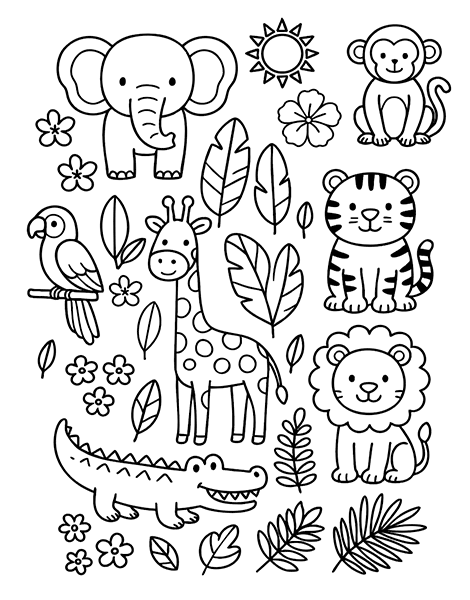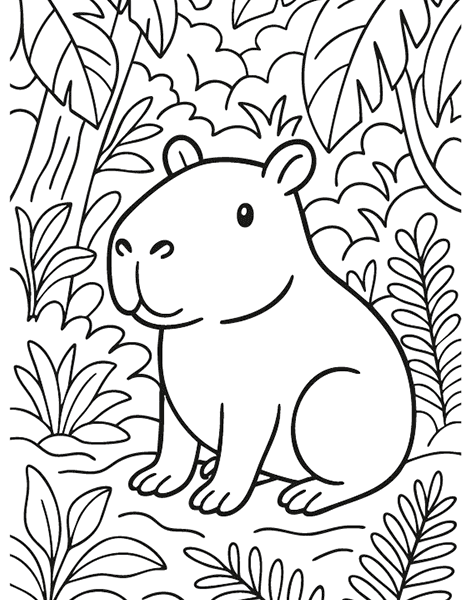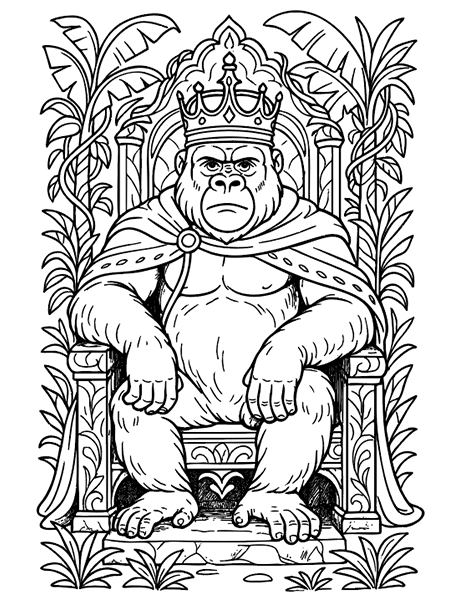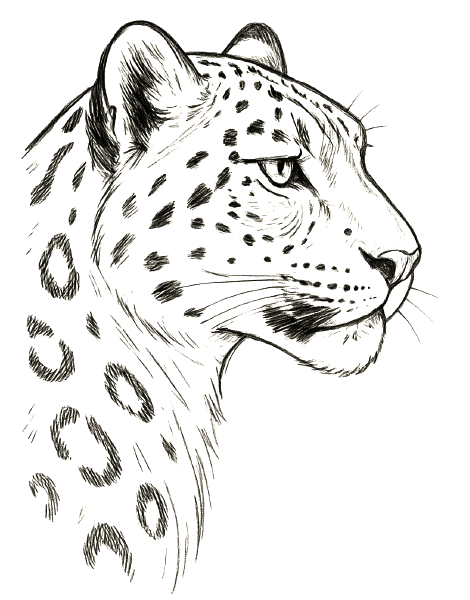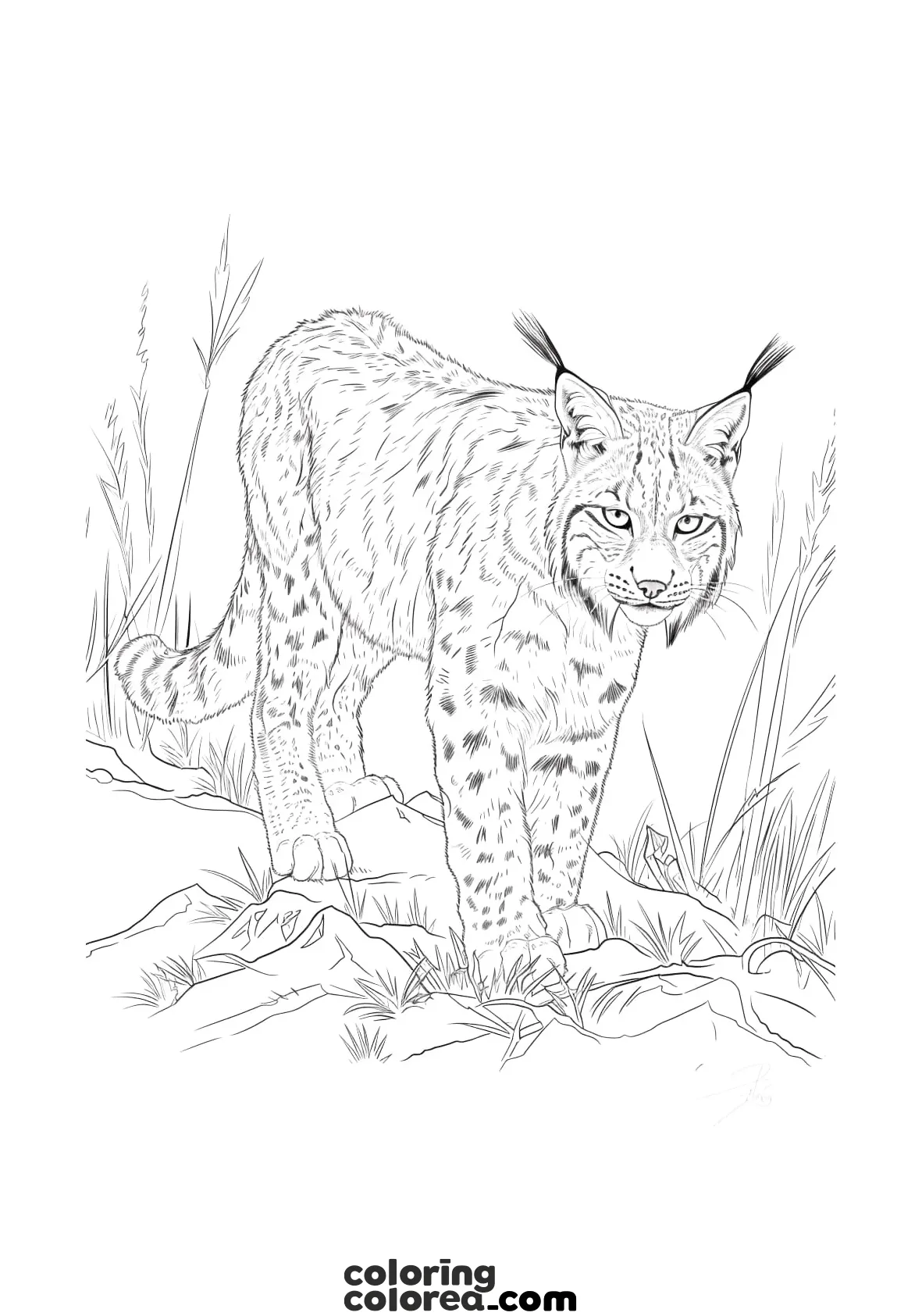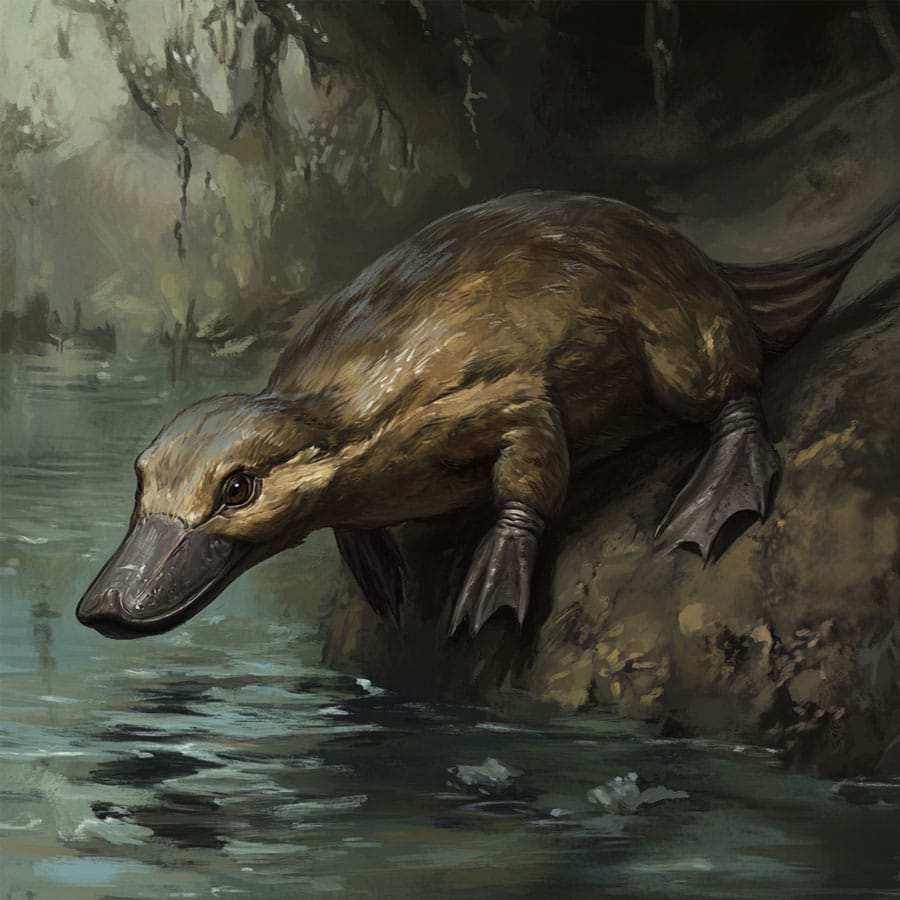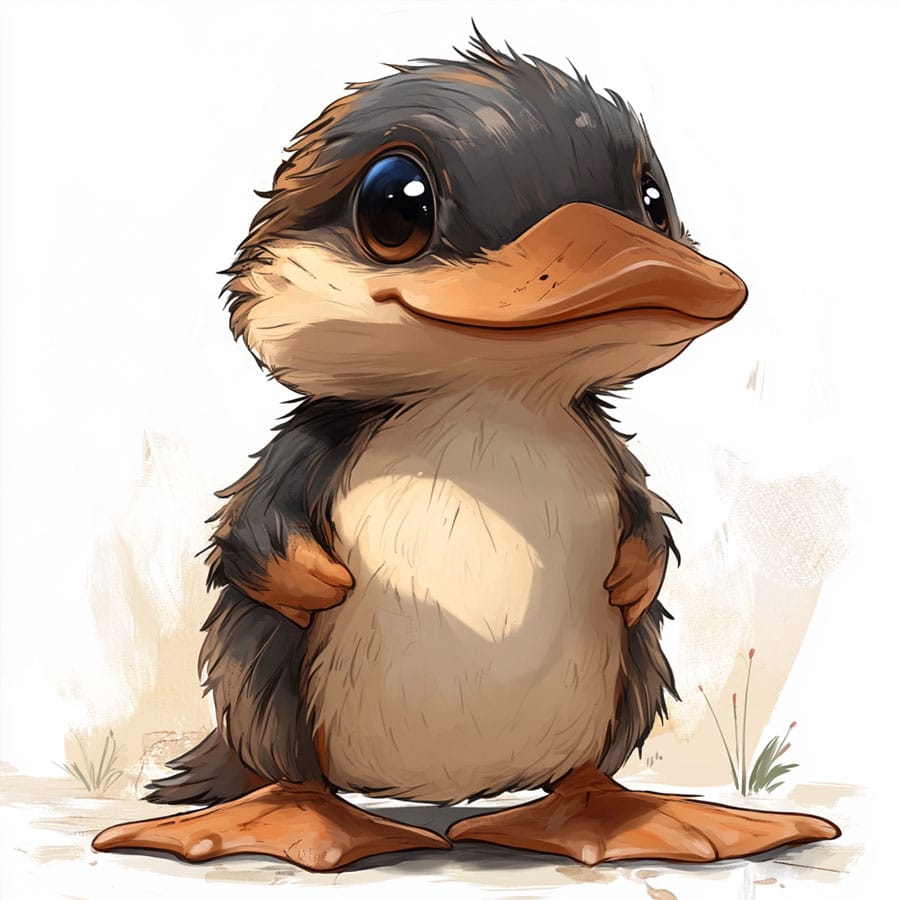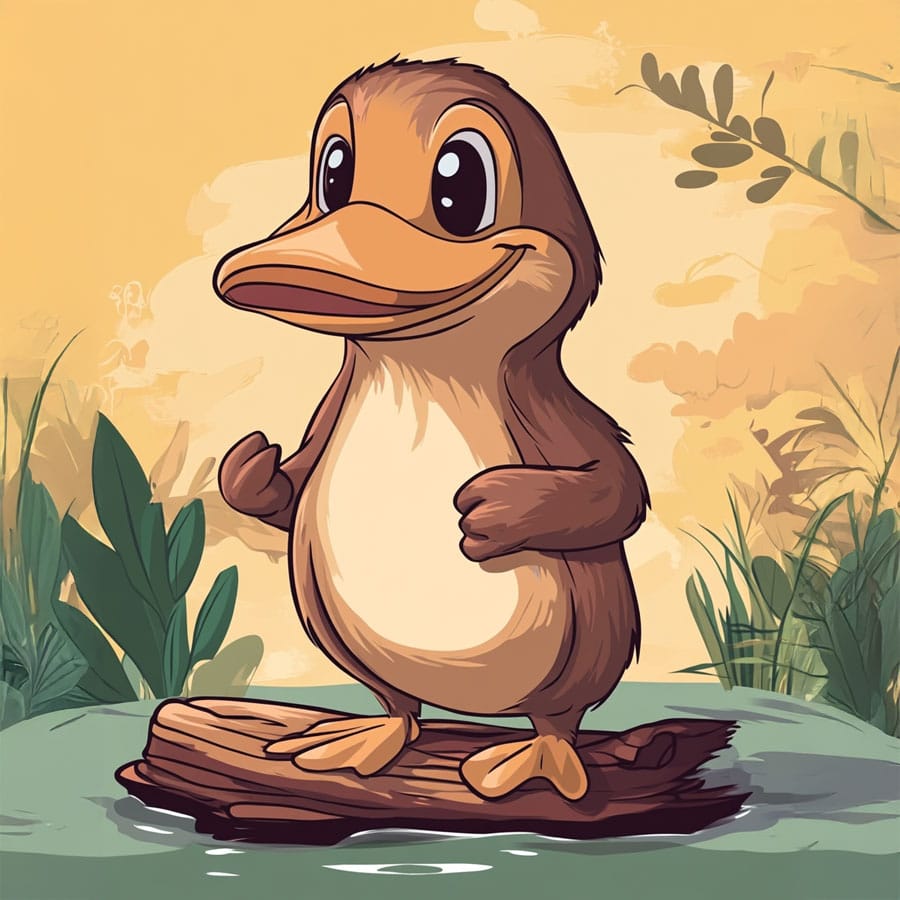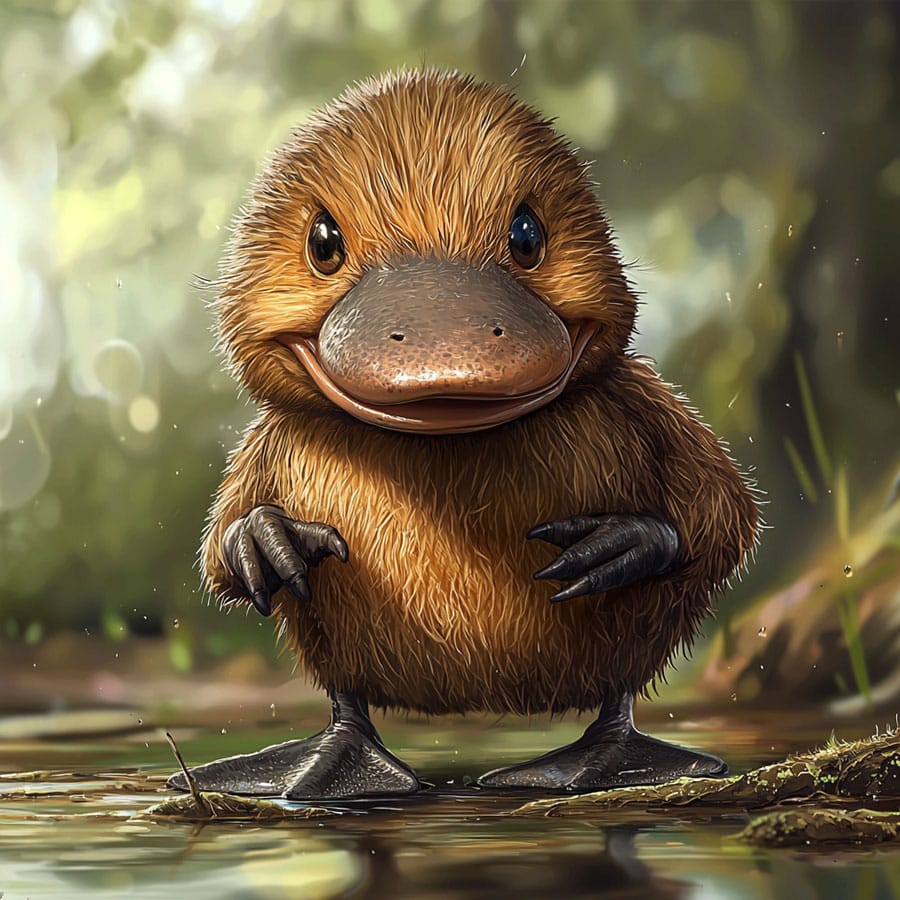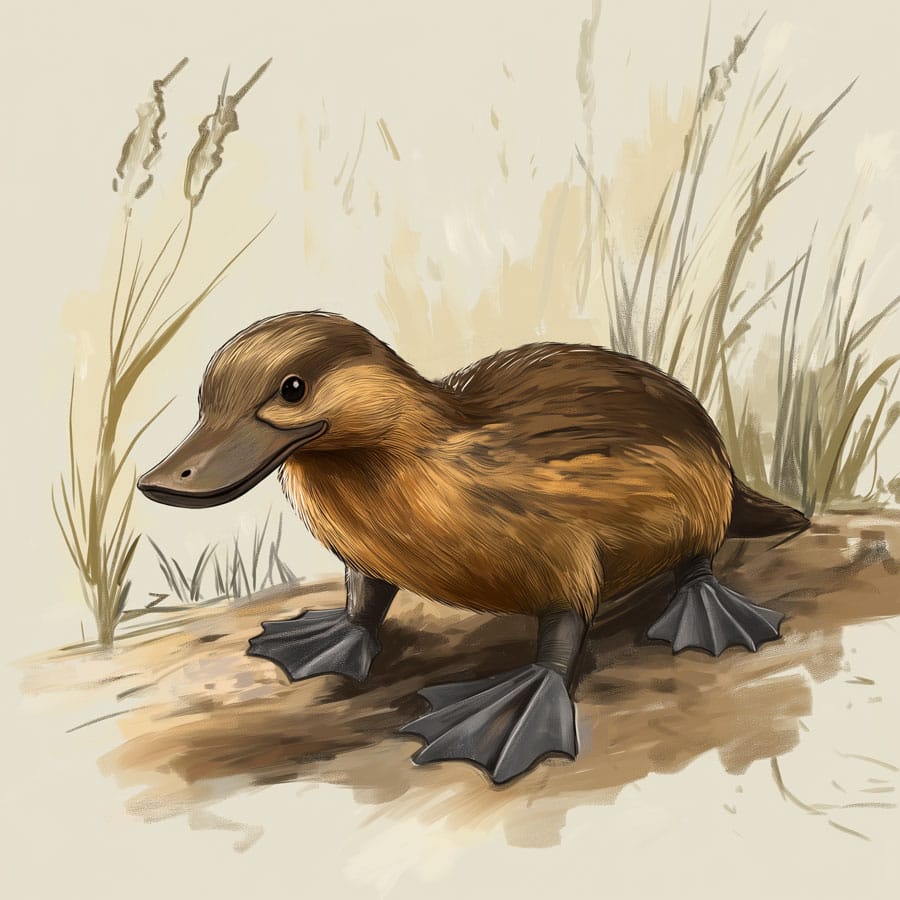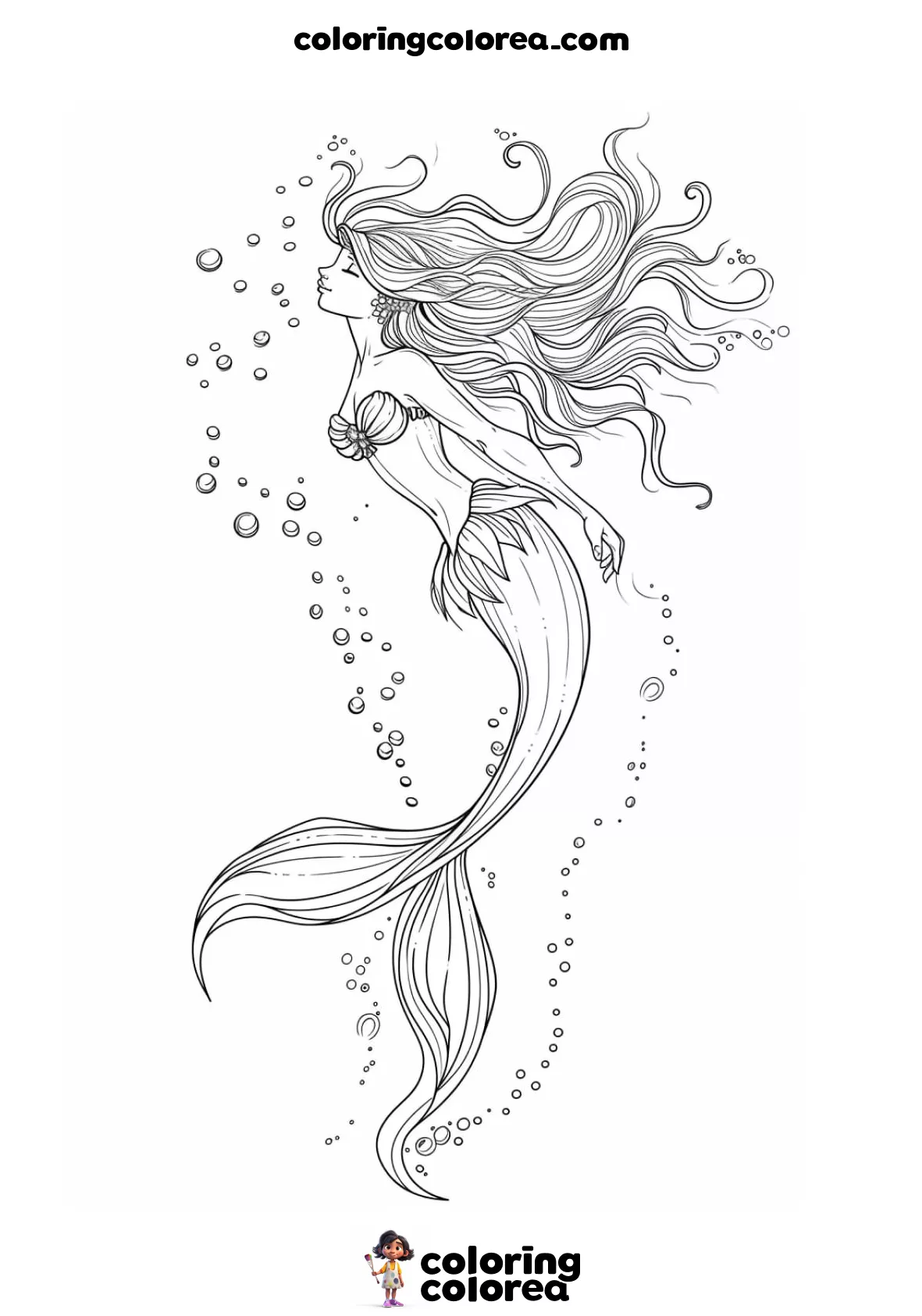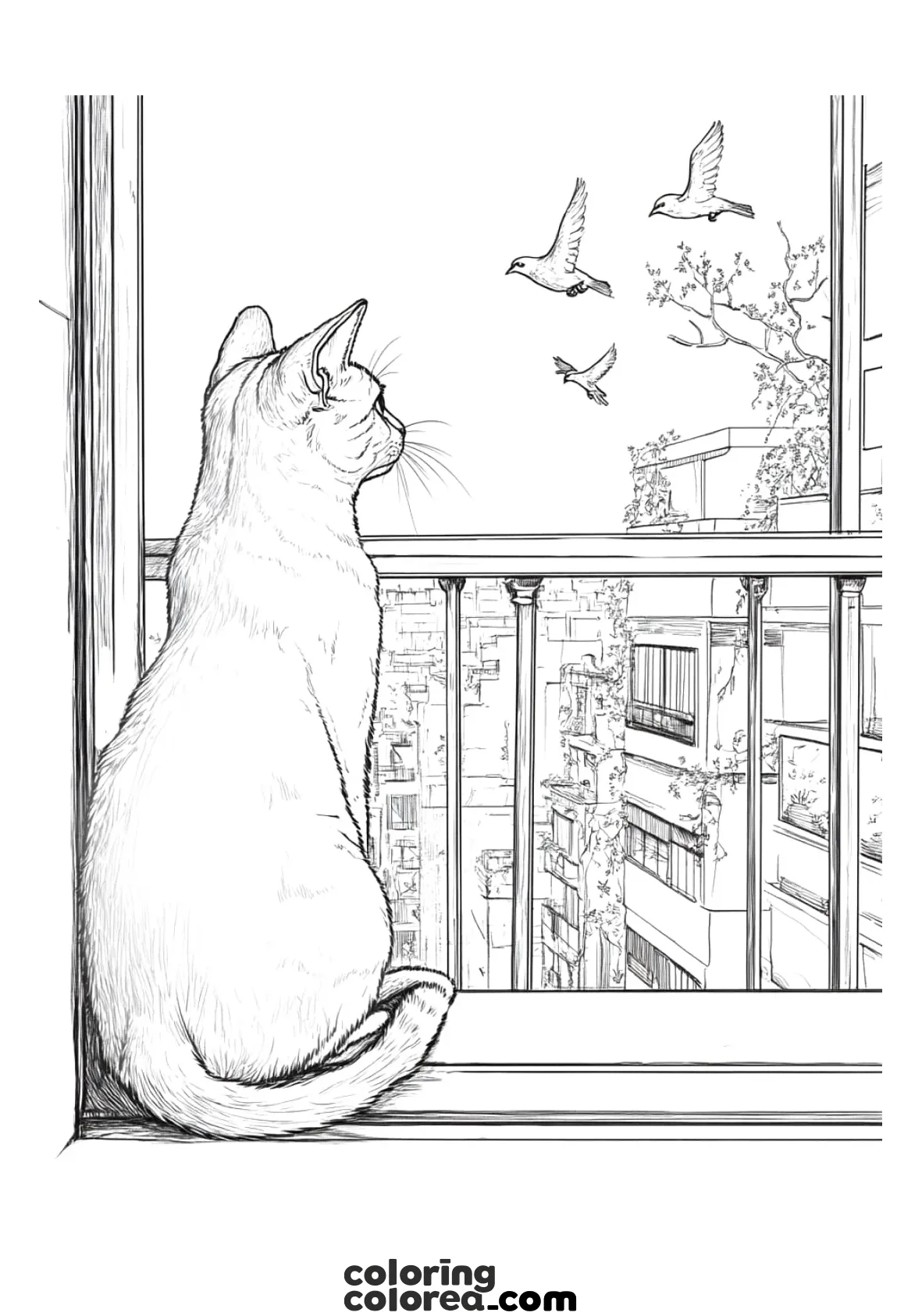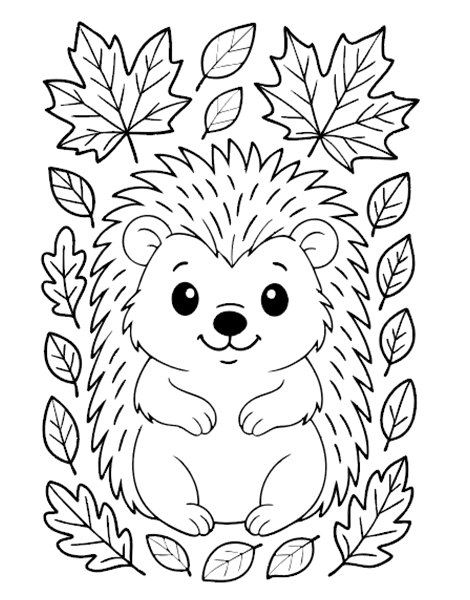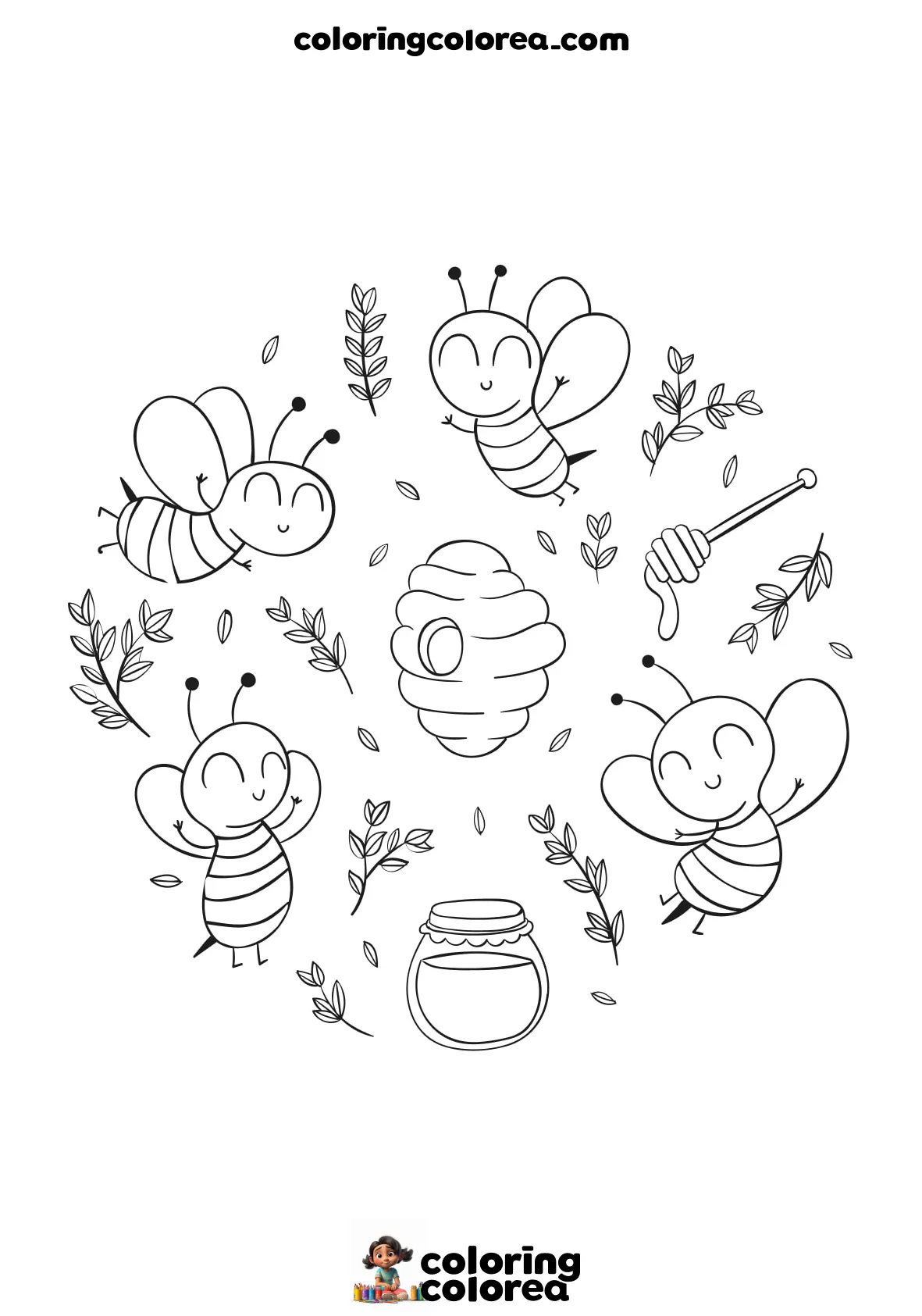About the Platypus
The platypus is a small semi-aquatic mammal native to Australia. It is one of the few monotremes, meaning it is a mammal that lays eggs instead of giving birth to live young, which makes it even more peculiar. One of the most notable features of the platypus is its duck-like beak, which is equipped with electroreceptors to detect the electric fields generated by the movements of its prey underwater. This helps the platypus hunt efficiently, even in complete darkness.
Another curious fact about the platypus is that males have venomous spurs on their hind legs. Although the venom is not lethal to humans, it can cause significant pain and swelling. This characteristic, along with its egg-laying ability and webbed feet, made early scientists think the platypus was a hoax when it was first discovered. Imagine seeing a drawing of this animal and thinking someone had stitched different animal parts together!
In terms of appearance, the platypus has a dense, waterproof coat of dark brown or gray fur that keeps it warm while swimming in cold water. Its feet are webbed, making it an excellent swimmer, and it can close its ears and nostrils when diving to stay submerged longer.
How to Color the Platypus
When coloring this platypus, start with a base color for its fur. Shades of dark brown or gray are perfect for capturing its natural look. Use a slightly lighter shade for the belly and lower parts to create contrast and depth. You can add fine, short strokes with your colored pencils or markers to simulate the texture of its dense, waterproof coat.
For the beak and webbed feet, use a slate gray or dark brown, adding a few highlights to give a slight shine and make the surface appear smoother and more leathery. To add realism, pay attention to the shadowed areas around the beak and feet, and use soft shading techniques to make these areas stand out.
Don’t forget to create a background that reflects its natural habitat! For water ripples, you can add riverbank details, such as green grasses and light blues. Adding subtle shades of green and brown for foliage and vegetation will help create a complete scene. If you’re feeling more creative, include details like water splashes or small fish in the water to show the platypus in action.

